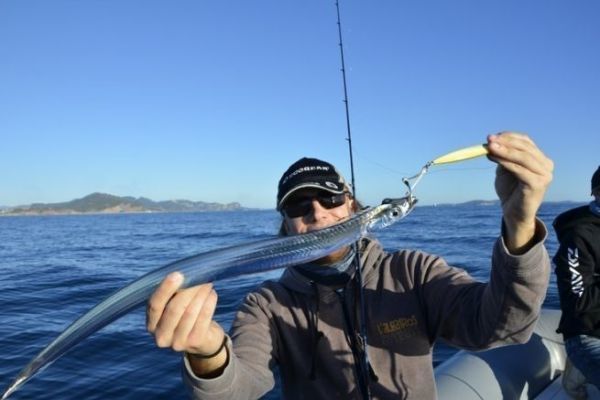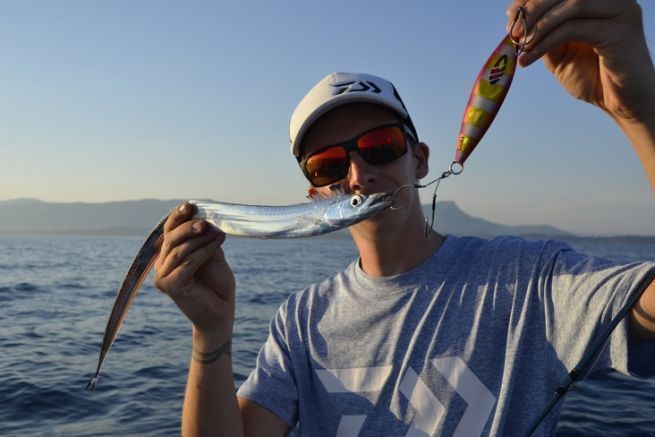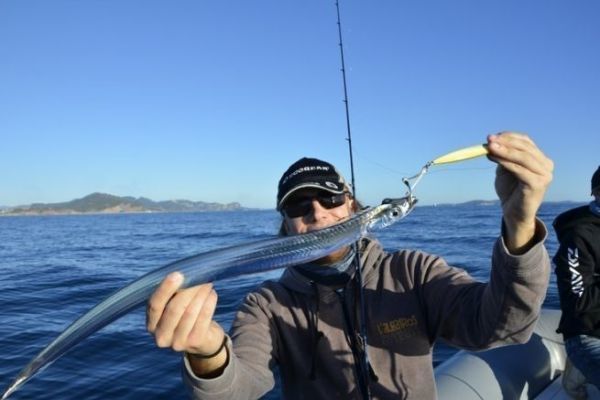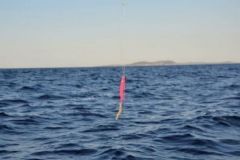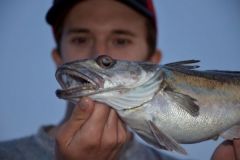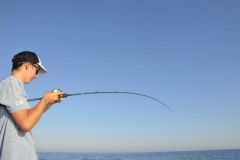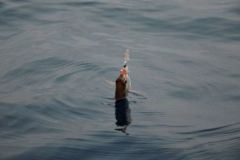How do I find the sword?
The saberfish lives in the deep, up to 500 meters, but is mostly caught between 100 and 300 meters. They are particularly fond of the edges of drop-offs, where the current provides them with plenty of easy food. They are often found in sandy-muddy areas, more or less close to the bottom depending on their activity.
This is a pelagic fish, so it is often found hunting several dozen meters above the seabed. It feeds mainly on other small fish, but does not hesitate to attack large prey. The depth at which they live means we need to fish with heavy lures, jigs, which descend rapidly into the water.
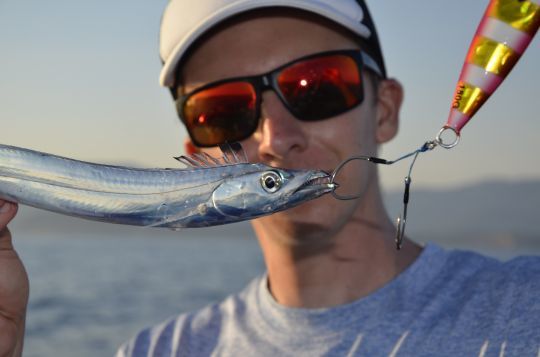
Effective techniques
There are two different jigging techniques effective for swordfishing: speed jigging and slow jigging. Speed jigging consists in animating a very tapered jig at full speed to trigger very aggressive reactions from the fish, who will think they've missed a potential prey. These jigs are very effective on swordfish, but the animation is very hard on the angler's body and can be very unpleasant if the number of hits is not kept up.
Alternatively, slow jigs are much easier to animate and just as effective. The principle is to imitate a wounded prey flickering as it descends. This technique can be practised for hours on end without the need to rest your arms. Spinning gear is used for speed jigging, often heavier than slow jigging casting.
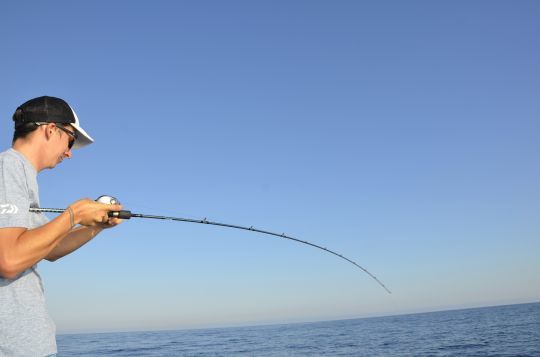
Jigs to select
Whether you prefer speed jigging or slow jigging, a few details are important when selecting your jig. Firstly, the most effective colors are almost always the same: phosphorescent. At depths of over 100 metres, sunlight is very weak and fish are almost plunged into total darkness. The best way for us to help them spot the jig is for it to stand out and shine as brightly as possible. Colors vary from model to model, some being fully phosphorescent while others have stripes or stripes.
The quality of your hooks is also very important, as hooking a fish with over 200 metres of braid in the water is very complicated. Make sure your hooks are as prickly as possible to avoid unhooking during a fight.
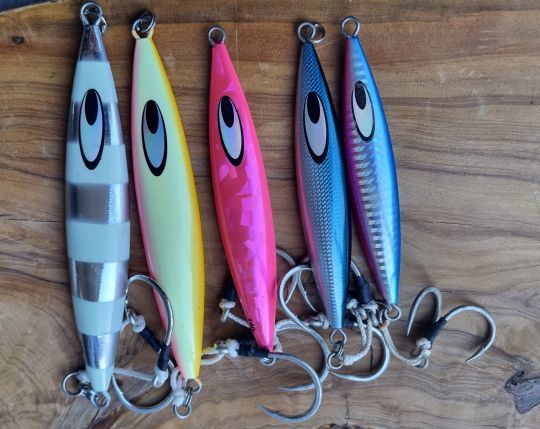

 /
/ 